"You can't claim to have seen something until you have photographed it" – Emile Zola
Sixty years of taking photographs, more than half a century – it is a very long time, not just to have survived as a photographer, but to have sustained in a profession that is constantly evolving.
Today, with the advent of smartphones and high-definition digital cameras, the corporatisation of photography has displaced the pursuit of excellence. In this age of extreme commercialism, the digital image is like vapour that never comes to ground. It simply has no material reality. An advertiser’s vision of a retouched world where seeing is not always believing. Computer-generated images that mimic the appearance of a photograph where the absence of a negative can be suspicious. It is impossible to tell if the digital image has been altered.
I understand the importance of digital photography in photo-journalism as we live in the now world where its basic structure is the picture essay, since, as its name implies, its primary vehicle is the journal, the magazine or newspaper. I am still buying 35mm and 120mm black and white film for my Rolleiflex and Nikon camera.
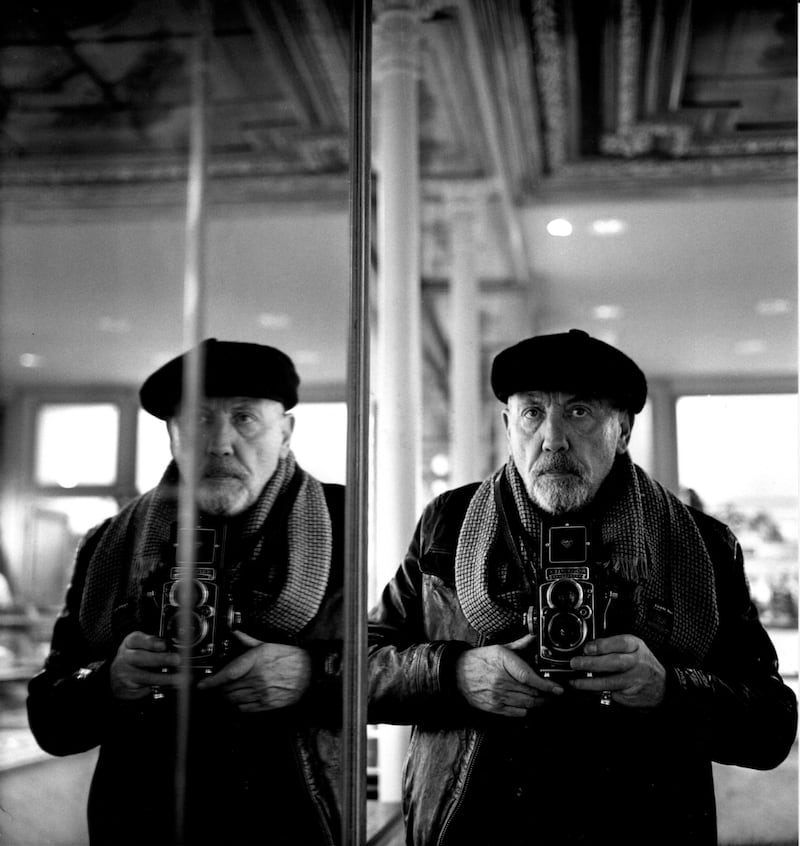
Photography is now so much a part of our daily lives that our familiarity causes us to overlook it. One of its singular characteristics is its acceptance in every social class, largely due to the proliferation of digital cameras.
In 1962, I became an apprentice in the Daily Mail darkroom in London. Photographers would give me their film to process and contact. I loved the whole tactile world of making photographs. It was also the time I became aware of 19th-century photography, in particular the photographs of Julia Margaret Cameron, Nadar and Eugene Atget. The taking of a photograph then was a patient act, in its conception and completion. It was a joy to see and capture a moment in time.
There is nothing quite like those sallow, faded prints for communicating a sense of the past. From its origins at the end of the 1830s, photography has never ceased to evolve aesthetically and technologically. With the over saturation of digital images, the word selfie is now so commonplace I have often been a captive.
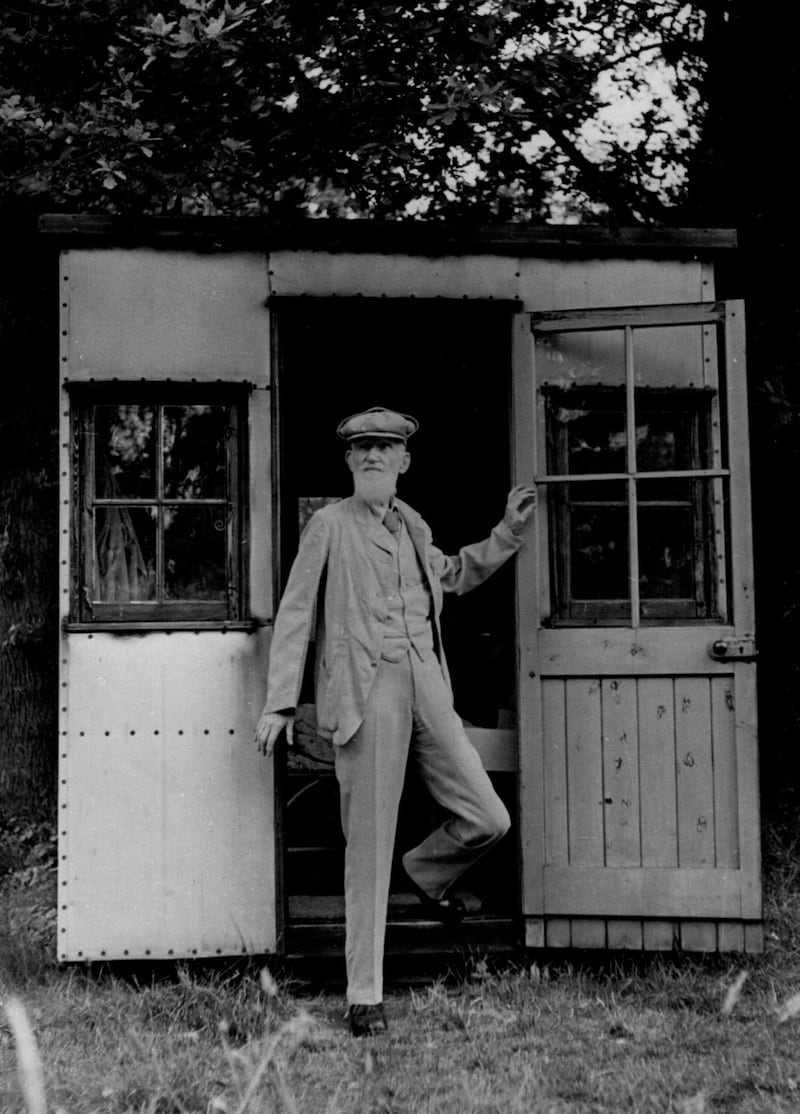
Writers George Bernard Shaw and JM Synge were both passionate about photography. Synge was consumed with the new art form, using his photographs of the Aran Islands as an aide-memoire for his work. Shaw wrote articles about photography, delivered lectures on the subject and numbered many of the greatest photographers of the age among his closest friends. He took many self-portraits, some with his wife Charlotte, and allowed the photographer Alvin Langdon Coburn to photograph him in the nude in the pose of Le Penseur in 1906. These rarely-seen photographs are part of the London School of Economics collection of some 10,000 images. I always thought what a wonderful show it would make to have a selection of Shaw’s photographs exhibited at the National Gallery of Ireland, where as a young man he spent much time looking at contemporary and historical art. He also made a substantial bequest, leaving the gallery a third of his royalties in gratitude for the time spent there as a youth.
My interest in Victorian photography introduced me to the writer Emile Zola, another enthusiast with a camera who, like Charles Dickens, was fond of taking photographs of his mistress. I came across a picture of Zola examining a strip of negatives. Zola, like Shaw, spent hours in his darkroom being initiated into the mysteries of gelatine emulsions and bromide prints. They both purchased one of the new Kodaks, experimenting with remarkable results from the start.
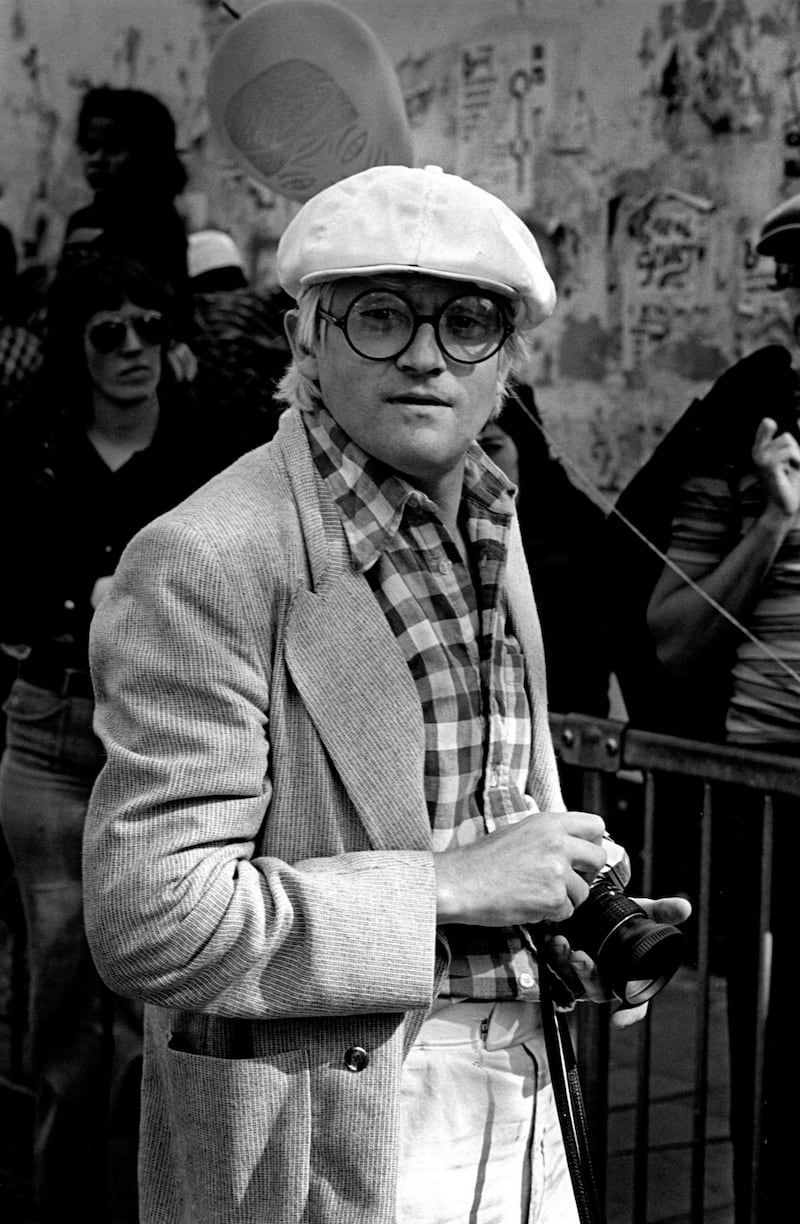
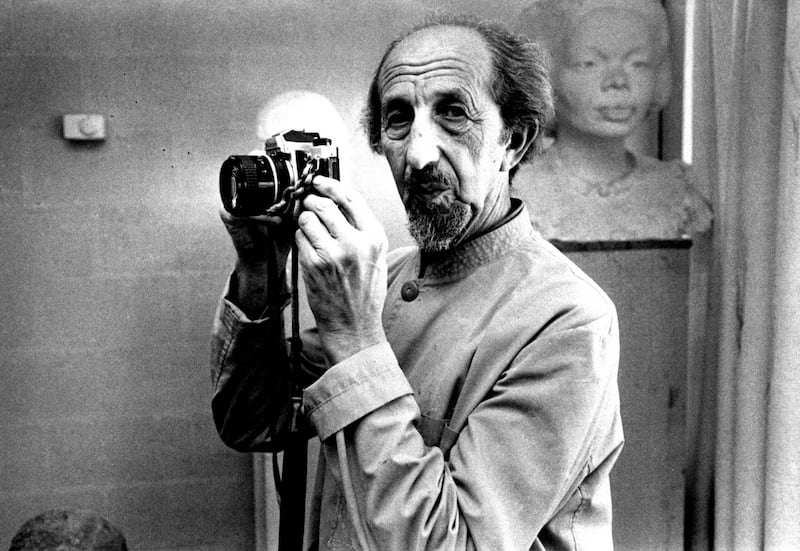
Writers, painters, sculptors – those that became subjects for my camera were all interested in photography. Oscar Nemon, known as Nemon 1906-85, was one of the 20th century’s greatest sculptors, as testified by his iconic portraits of Winston Churchill, Sigmund Freud and Queen Elizabeth II, displayed all over the world. David Hockney was never without a camera when he lived in London.
John Banville writes so well about photography and collaborated with many photographers on a recent visit to west Cork. I asked John if I could take a photograph of him with a Kodak box camera. Analogue, a conjuring word, has to me always meant records, bits of music on plastic and of course books, the paper, page-turning kind.
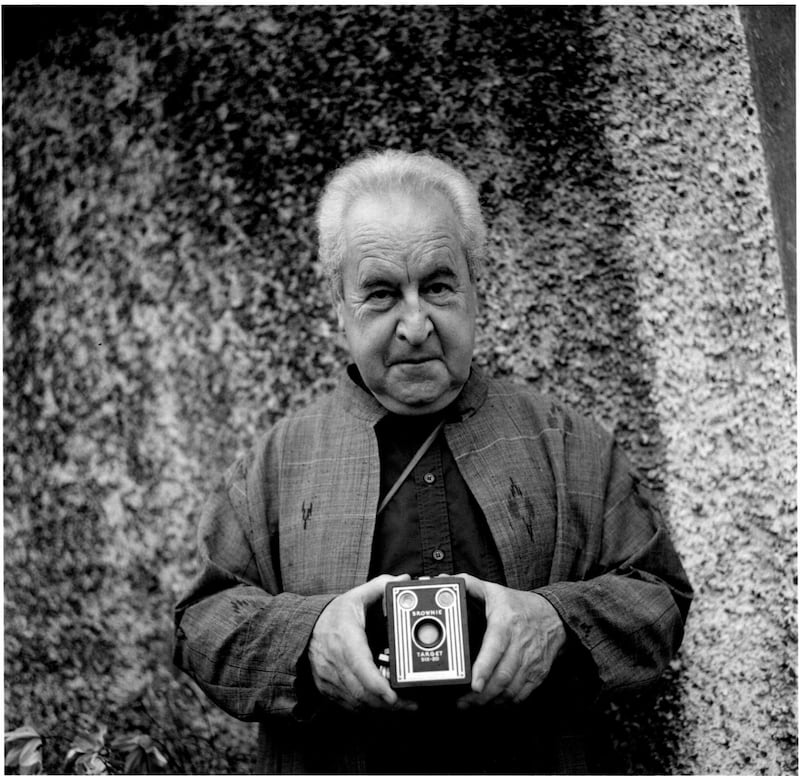
The present status of photography as an accepted art of the gallery and museum is almost entirely a phenomenon of the last 60 years. The photography of the 1960s and ’70s was evident in many aspects of popular and academic culture. The public’s fascination for the medium was reflected in films, books and mass-circulation magazines of the day, such as Antonioni’s Blow-Up (1966) with David Hemmings as the young, handsome fashion photographer. It was the beginnings of the photographer as a celebrity. One thinks of David Bailey, Tony Armstrong Jones, Diane Arbus, Robert Mapplethorpe, Robert Frank, Ansel Adams, André Kertész, Brassaï, Man Ray, Henri Cartier-Bresson, Bill Brandt, Don McCullin.
I was always visiting the Victoria and Albert Museum looking at their collection of Eadweard Muybridge photographs. In January 1971, Sue Davies opened the Photographers' Gallery in a former tearoom in the West End of London. It was the city's first exhibition space dedicated to photography. Fifty years later, it is a fixture, although it is now housed in a grander five-storey building in Ramillies Street, Soho.










